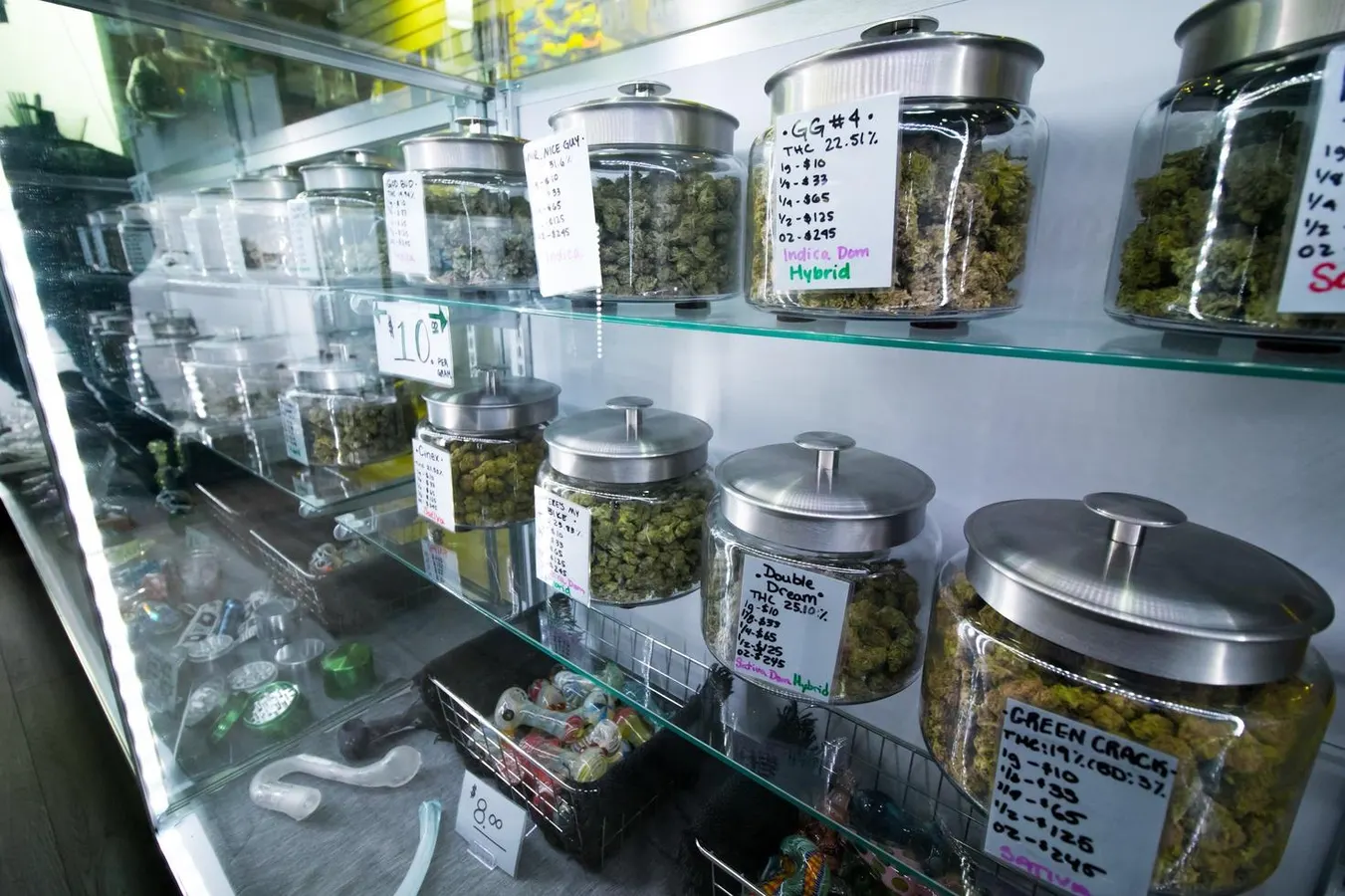
IIPR
Innovative Industrial Properties, Inc.
$49.45
-0.06
(-0.12%)
| Exchange: | |
| Market Cap: | 1.386B |
| Shares Outstanding: | 1.728M |
About The Company
| Sector: | Real Estate | |||||
| Industry: | REIT – Industrial | |||||
| CEO: | Paul E. Smithers | |||||
| Full Time Employees: | 21 | |||||
| Address: |
|
|||||
| Website: | https://www.innovativeindustrialproperties.com |
Innovative Industrial Properties, Inc. is a self-advised Maryland corporation focused on the acquisition, ownership and management of specialized properties leased to experienced, state-licensed operators for their regulated medical-use cannabis facilities. Innovative Industrial Properties, Inc. has elected to be taxed as a real estate investment trust, commencing with the year ended December 31, 2017.
Click to read more…
Revenue Segmentation
EPS
Earnings Call
Income Statement
(* All numbers are in thousands)
Balance Sheet
(* All numbers are in thousands)
Cash Flow Statement
(* All numbers are in thousands)
Analyst Estimates
(* All numbers are in thousands)







